Finding the right sensor can still be a challenge for any engineer. Rapid advances in technology provide a huge choice of products. Choosing the wrong sensors in an industrial environment can have negative consequences. Not only can they damage equipment performance and product quality, but they can also significantly pollute the environment, waste energy or even compromise your safety. In this article, we would like to give you a general overview of level sensors, their types and their wide range of possibilities in industrial environments.
Table of contents:
As mentioned, level sensors provide safety, prevent environmental pollution and ensure energy efficiency. How does this manifest itself, you ask? Here are three key pillars for a more detailed explanation!
Safety - level sensors help prevent over- or under-leveling. For example, in water tanks, they prevent overflow by informing about hazards in the water tanks.
Environmental control - level sensors allow you to monitor the level of water, oil, chemicals and other liquids. This is important to prevent spills and pollution.
Energy efficiency - Correct level control allows optimised energy consumption. For example, in heating systems, they can switch off heaters if there are not enough of the required substances in the tank.
Level control is an essential technology for sensing and regulating fluid levels in various devices and systems. These control systems are common in artificial intelligence, robotics, scientific research, industry and households. It is important in many sectors such as water supply, food production, chemical plants, timber, textiles, animal husbandry and many others.
Of course, the conclusion that instruments or sensors with this function are necessary is based on historical development.
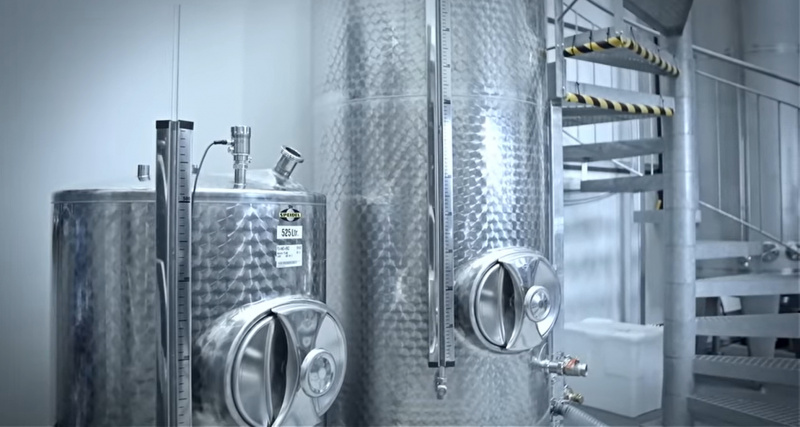
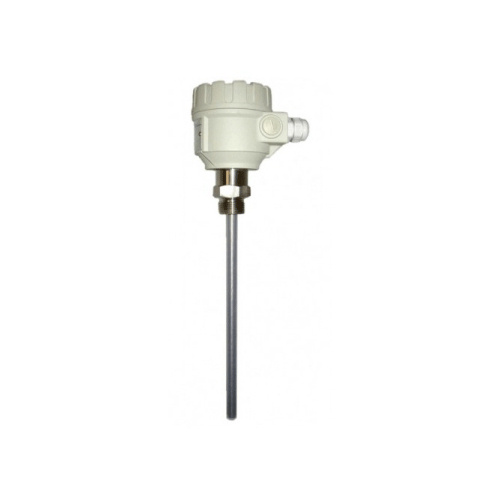 Capacitive sensor is a device that uses the capacitance effect to sense and measure nearby objects. This sensor is capable of detecting and measuring anything that is conductive or has a dielectric constant different from air.
Capacitive sensor is a device that uses the capacitance effect to sense and measure nearby objects. This sensor is capable of detecting and measuring anything that is conductive or has a dielectric constant different from air.
Capacitive sensing is based on the electrostatic field. It is formed between the sensor and the surrounding environment. The ZTF Lāsma product range includes several Nivelco and Sick capacitive level sensors.
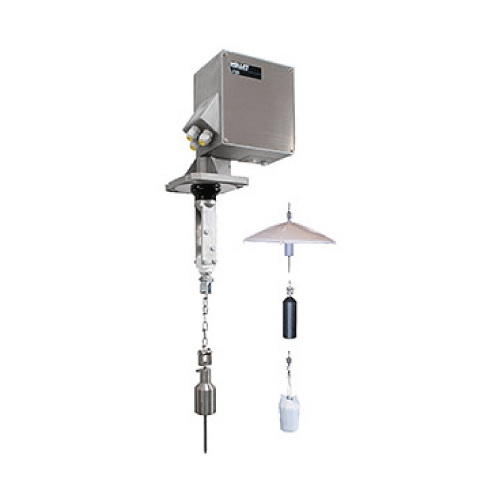 Jo-Jo type level sensors operates on a rope and weight principle to measure the level of a bulk solid in a tank, hopper or specific equipment. The sensor uses a weighing system comprising a weight, tape or rope. Periodically, the weight is pulled up, then pulled down again. The tape and the weight are in a sense tied to the surface of the pellets. The tape is loosened when the weight touches the surface. This information is converted into an electrical signal indicating a change in level.
Jo-Jo type level sensors operates on a rope and weight principle to measure the level of a bulk solid in a tank, hopper or specific equipment. The sensor uses a weighing system comprising a weight, tape or rope. Periodically, the weight is pulled up, then pulled down again. The tape and the weight are in a sense tied to the surface of the pellets. The tape is loosened when the weight touches the surface. This information is converted into an electrical signal indicating a change in level.
For example, the Mollet Jo-Jo type level sensor is available in different lengths and functions that you can choose at the time of ordering. It should be stressed that this is one of the safest mechanical solutions.
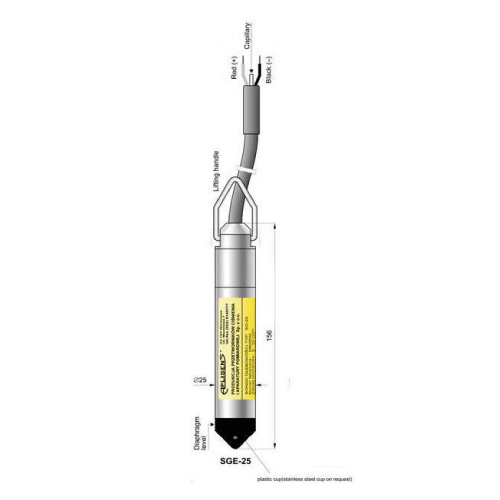 Hydrostatic level sensors are used to measure the level of homogeneous liquids. These sensors work on the basis of the hydrostatic pressure generated in the liquid, depending on its depth. Their operation consists of 3 points:
Hydrostatic level sensors are used to measure the level of homogeneous liquids. These sensors work on the basis of the hydrostatic pressure generated in the liquid, depending on its depth. Their operation consists of 3 points:
1. Pressure conversion - hydrostatic pressure is converted into an electrical signal. The sensor is based on a measuring cell that reacts to pressure changes. This measuring cell may be metallic or ceramic.
2. Hydrostatic sensors are not sensitive to foam or objects in the tank, e.g. mixer blades, pipes. This makes them suitable for a variety of specific production processes.
3. Temperature measurement - in addition to level measurement, hydrostatic sensors can also measure the temperature of the liquid.
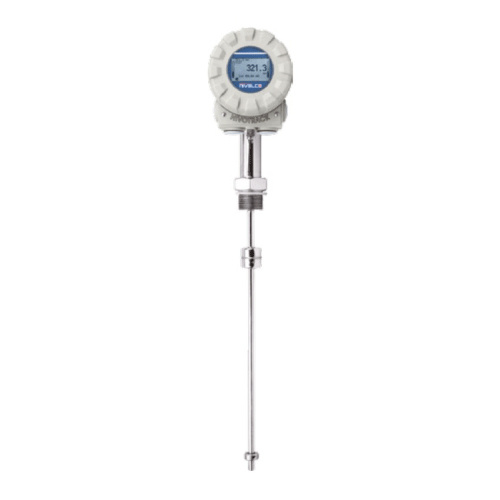 Magnetostrictive level sensors converts a change or magnitude of a magnetic field into an electrical signal. These sensors are made to detect magnetic "information" by converting it into electrical signals.
Magnetostrictive level sensors converts a change or magnitude of a magnetic field into an electrical signal. These sensors are made to detect magnetic "information" by converting it into electrical signals.
Magnetostrictive sensors are used in a wide range of industries. For example, they can detect distance, speed, rotation, angle, position and, of course, level. They can also be used to detect the presence of electrical currents.
e of the simplest magnetostrictive devices is a coil, which uses the effect of electromagnetic induction. When an object approaches a coil or a strand on a permanent magnet, the magnetic flux through the coil changes. This produces a voltage at the end of the coil. This voltage is related to the motion of the object and its proximity to the coil. The coil thus acts as a simple magnetostrictive sensor.
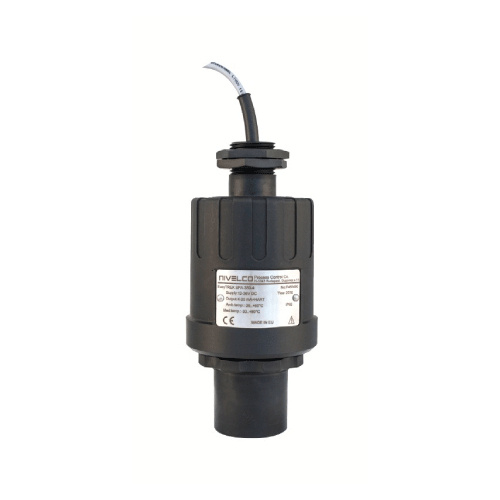 Ultrasonic level sensor is a non-contact solution that uses high-frequency sound waves to measure the distance between the sensor and the liquid surface. This technology provides continuous level measurement, making it ideal for monitoring liquid levels in tanks, reservoirs and other containers.
Ultrasonic level sensor is a non-contact solution that uses high-frequency sound waves to measure the distance between the sensor and the liquid surface. This technology provides continuous level measurement, making it ideal for monitoring liquid levels in tanks, reservoirs and other containers.
These sensors are used to detect the level of liquids such as water, oil and other liquid substances. Of course, it must be taken into account that sound waves are mechanical, so the environment must be free of unnecessary disturbances such as dust, wind, etc.
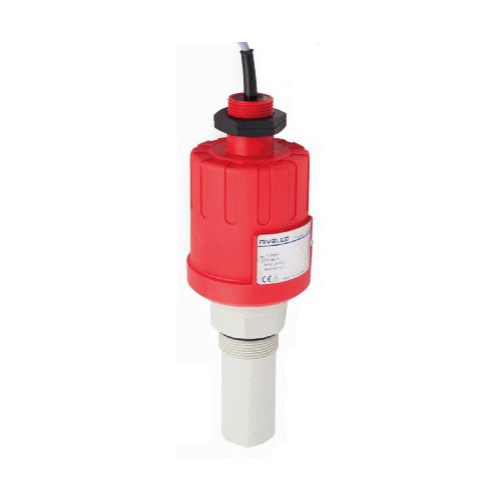 Microwave level sensors are mainly used only in industrial environments. They allow level measurement, for example in large tanks. Let us look at the working principle of this sensor below. The microwave level sensor uses the principle of radar or pulse radar. It detects the liquid level by measuring the travel time of microwaves from the sensor to the liquid and back. This sensor is particularly useful when it is necessary to determine the level in a tank where there is a thick layer of smoke or other interfering factors.
Microwave level sensors are mainly used only in industrial environments. They allow level measurement, for example in large tanks. Let us look at the working principle of this sensor below. The microwave level sensor uses the principle of radar or pulse radar. It detects the liquid level by measuring the travel time of microwaves from the sensor to the liquid and back. This sensor is particularly useful when it is necessary to determine the level in a tank where there is a thick layer of smoke or other interfering factors.
Measuring range - Microwave level sensors can measure levels in different ranges, e.g. from 0.3 metres to 20 metres.
Output signal - These sensors often provide a 4-20 mA or HART output, allowing integration with other devices or systems.
Materials and certification - Microwave level sensors are available in different types of housing material, such as aluminium or stainless. They are ATEX certified, which allows them to be used in explosive atmospheres.
Level sensor aksesuāri are essential to ensure correct and efficient level measurement in a variety of industrial environments. Each manufacturer offers its own range, such as mounts or conditional upgrades, which are suitable for each individual solution. Controllers and relays are also defined as accessories.
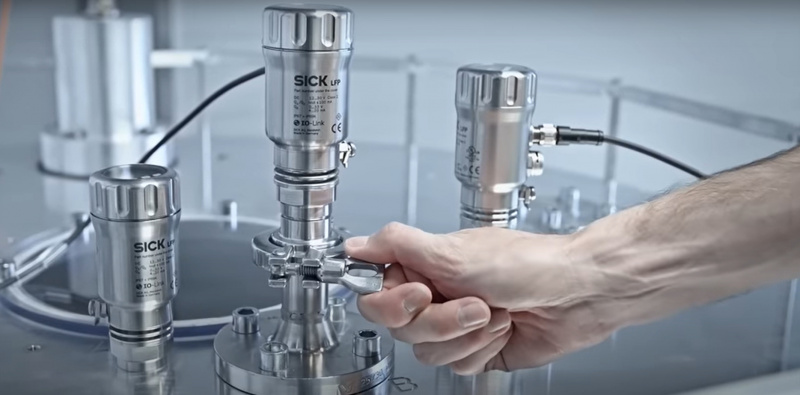
We would like to remind you that level sensors are great helpers in various industries such as food production, chemical industry and water management. Below we have listed their various applications:
Our knowledgeable and experienced engineers are always available to provide you with additional information on each product, as well as to match you with the appropriate manufacturer and model. Our colleagues can be contacted via our website lasma.eu.
